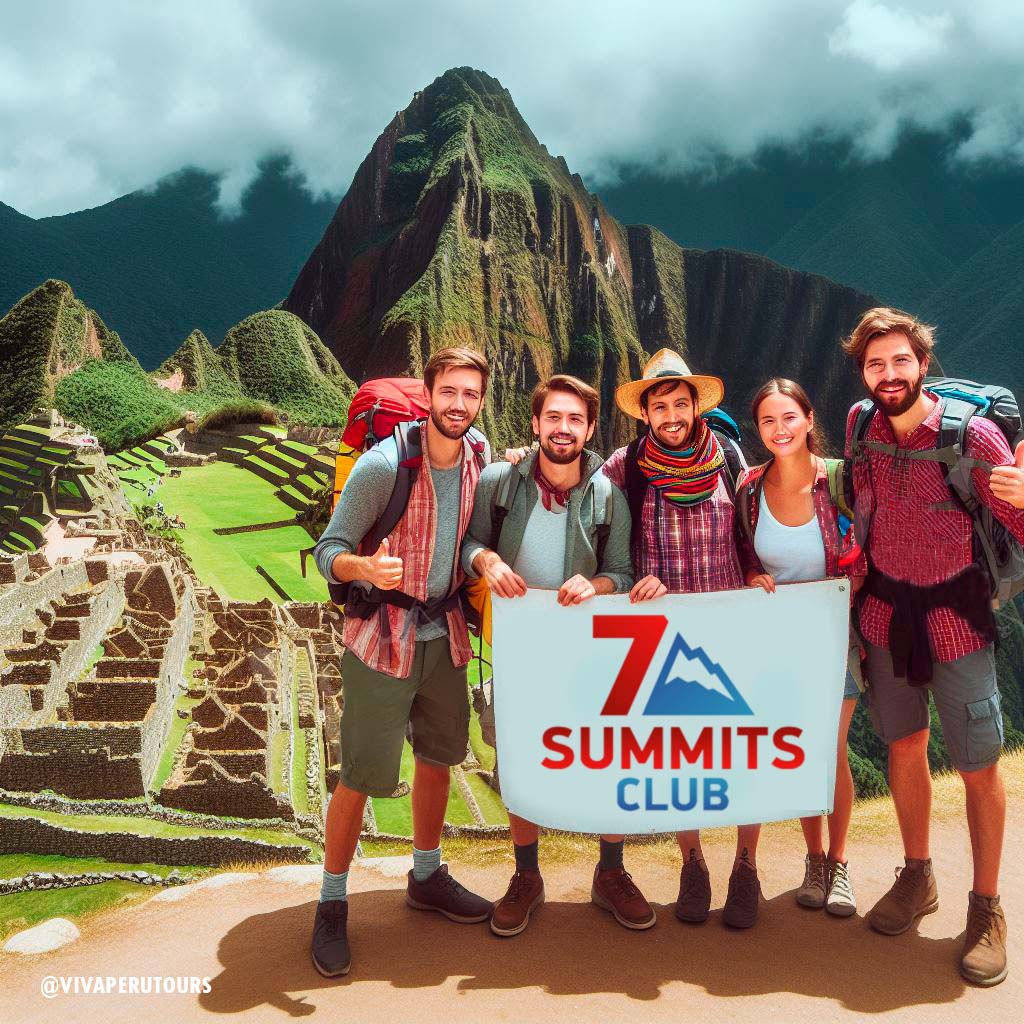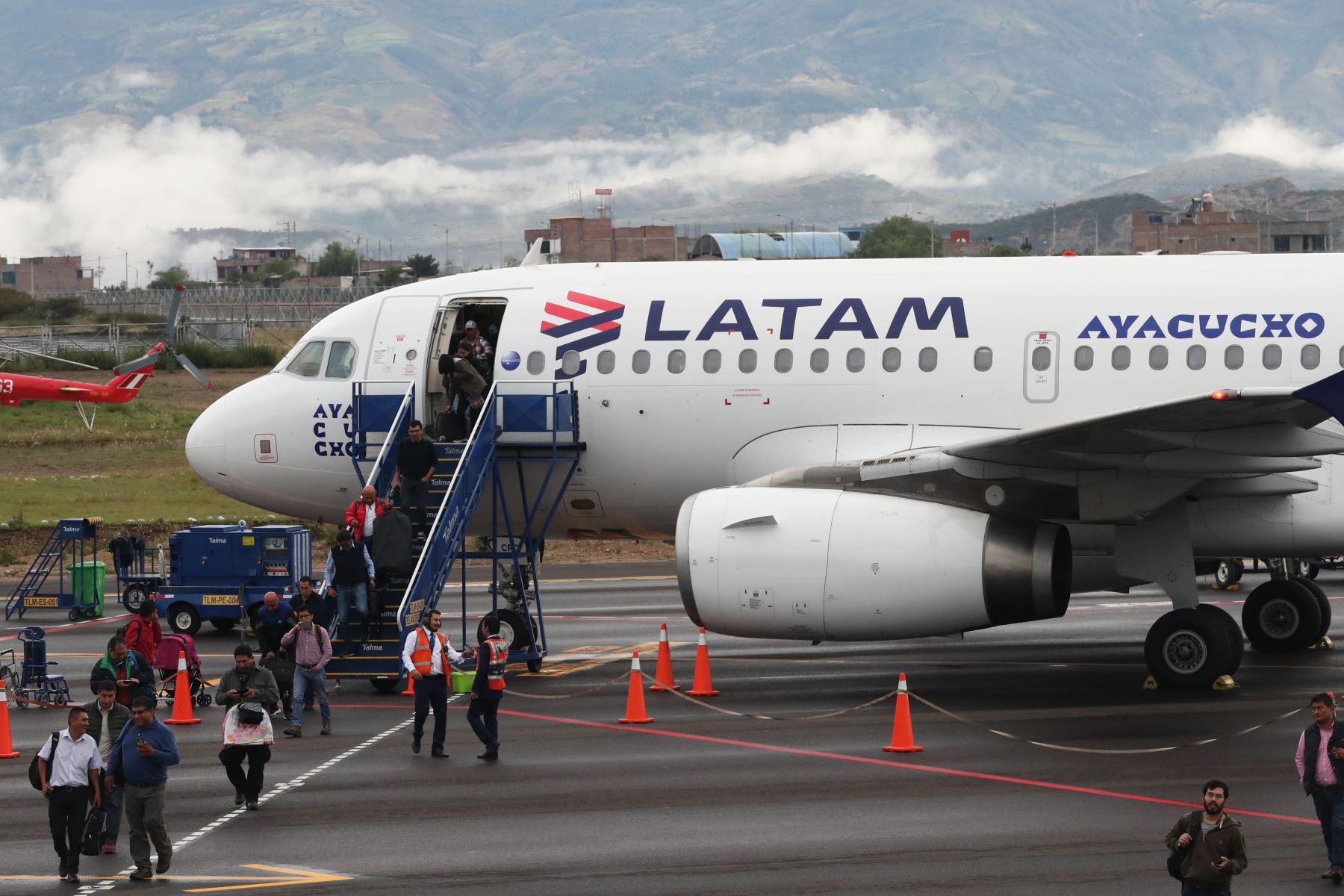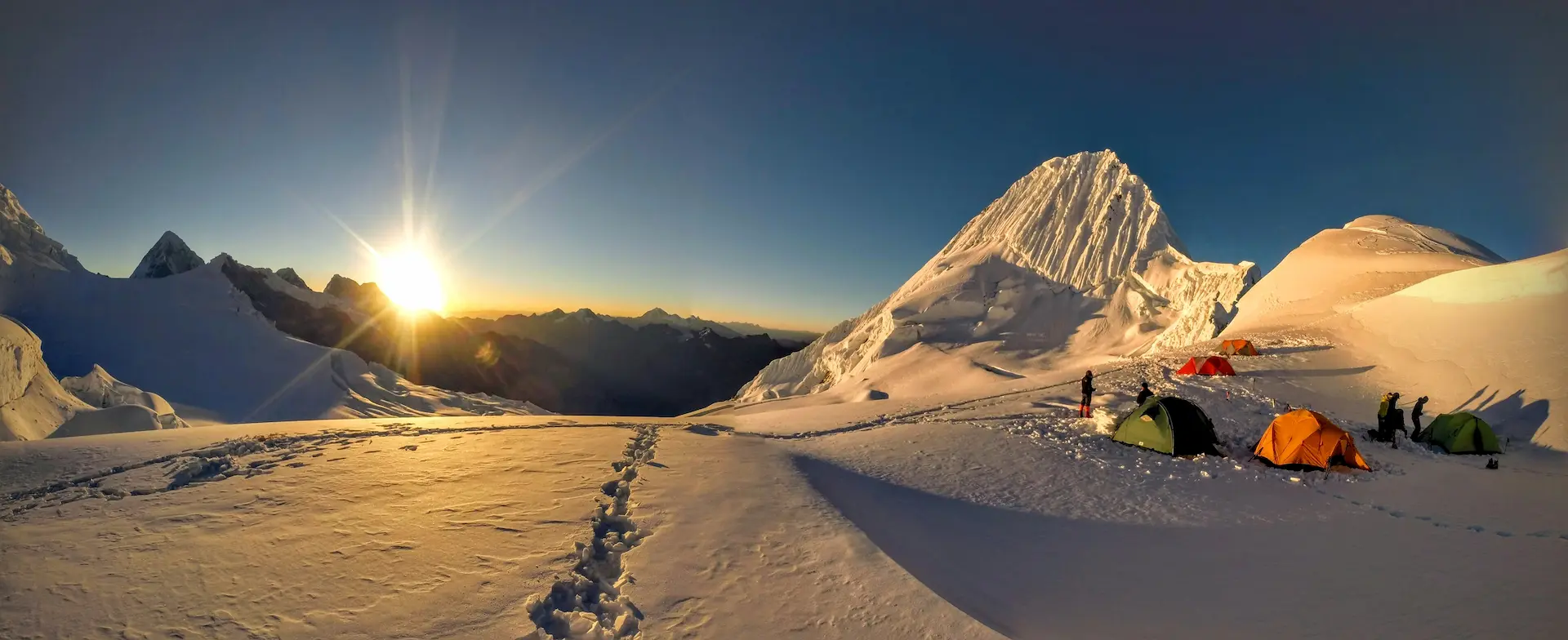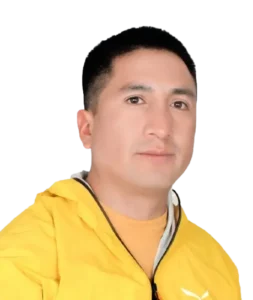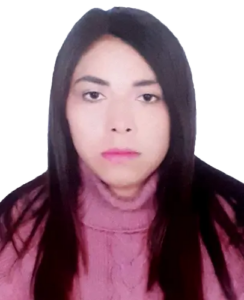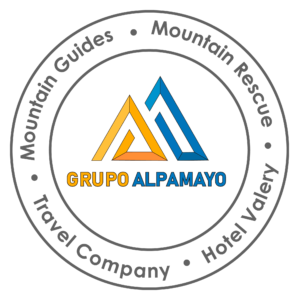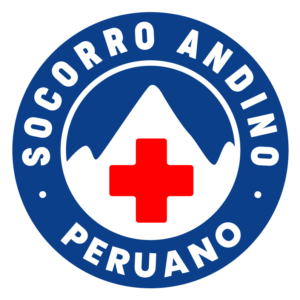Located in the Arequipa province of Castilla, very close to the Majes River and in an arid environment, is Toro Muerto, considered one of the largest examples of cave art in the world.
It is estimated that there are about 5 thousand rocks, known as volcanic tuffs, with engravings of zoomorphic, anthropomorphic and geometric figures, possibly carved between the years 500 AD. C. and 1300 d. C. using striking, scratching, rubbing, chipping, and percussion etching techniques.
A true jewel of pre-Hispanic lithic art in the middle of the desert.
The Toro Muerto Petroglyphs are manifestations of rock art in the Majes Valley distributed over an area of 5 km2, extending between 400 and 800 masl.
Location
The Petroglyphs of Toro Muerto are an important lithic group that is located in the district of Uraca, in the province of Castilla, within the department and region of Arequipa; on the sloping territory of the Toro Muerto ravine -known in ancient times as Quilcapampa-, in a desert-mountainous area, near the Majes Valley at about 400 and 800 meters above sea level.
The Petroglyphs are found in an extension of approximately 3876 meters long by 250 meters wide; and they are altogether a total of 6000 blocks that are engraved under the technique of bas-relief and that would have their dating, according to iconography studies, in the year 800 AD. and they were only discovered in 1951. The site has been considered as the shelter with the largest extension of rock art worldwide.
Description
The Petroglyphs are worked on volcanic stone, the same that would have fallen on the slope of Toro Muerto in periods older than the craftsmanship carried out on them. Bas-relief works were carried out on these stones, for this reason they used the techniques of scratching, hitting, chipping and percussion. The engravings that we can find in the petroglyphs respond to animal and vegetable motifs, geometric figures, among others.
It should be noted that among the zoomorphic figures, we can find many related to birds, especially the condor; felines, llamas, snakes. It is important to mention here that, among the characteristics of these reliefs, together with those of anthropomorphic motif, the presence of notable alterations in the area destined for the head can be observed.
Regarding the anthropomorphic figures, the one known by the name of “the dancer” is central, and that is a repetitive motif in the petroglyphs. These dancers are recognized by the presence of a zigzag-shaped body that wears a rectangular-shaped mask in which what could be eyes can be seen, accompanied by elements that would turn out to be their tears and that, according to Hoek’s studies, would be representing the desire of its creators for the reappearance of the rains in the area and that sense also in relation to fertility. Along with this anthropomorphic image, constant in the lithic structures of the site, one can be found that is less frequent, but no less significant and that is characterized by presenting a body in the shape of a skeleton and that could be a representation of death or proximity to it. . Similar intention to the previous one, would have those engravings where species of burials or funerary rites are manifested.
In conjunction with the previous bas-reliefs, some more mythological ones can also be seen where mixtures between snakes and birds of great magnitude are observed; also others with more realistic reasons, such as the practice of hunting or war. There are other petroglyphs where the motifs are geometric, in these the ones in which squares or circles are represented that have in common the division or inclusion of four elements are remarkable.
In the Complex that houses the Petroglyphs you can also find the presence of a necropolis, in which the mummy of a child of just two years old was found a short time ago, which has been considered the youngest in the south of the country.
Findings
For three years, a delegation of Polish scientists from the University of Warsaw has been studying Toro Muerto, not only to record the number of petroglyphs, but also to discover the real meaning that this complex had for ancient civilizations.
These investigations were closely followed by the archaeologist from the Department of Culture, Marko López Hurtado.
The Polish commission finished counting all the stones in September last year. There are 2,582 and now each petroglyph has its birth certificate; It has a photograph and a card with its characteristics. “Scientists first excavated six petroglyphs. Around each petroglyph they have found a whole ritual. There are offerings of painted stones, plant remains, there was even a table with the remains of a llama,” López Hurtado explained.
Polish archaeologists also found the instruments used by ancient men for carving. Each petroglyph has buried offerings, but they also noticed that some were looted.
“We had the idea that Toro Muerto was just a repository of petroglyphs, a transit site, but it is much more than that. Each petroglyph has a representation with a particular meaning. At one point we thought that perhaps it is a sanctuary, but it is not. It just has some shrine quirks. With these new findings we do not know exactly what we are facing. It warrants more investigations,” López said.
The Polish delegation has already finished the work in the field and is now preparing a report on all their work. The authorities and specialists of Culture are waiting for its publication.
Origin
From the Directorate of Culture it was also thought that Toro Muerto came from Wari. The same archaeologist López, who has been responsible for this complex for 27 years, said that it came from Nazca. However, last year, the Dutch archaeologist Maarten Van Hoek carried out an iconographic comparison of the petroglyphs of Toro Muerto with those of other cultures.
Van Hoek maintains, in his book Formative Period Rock Art in Arequipa (2018), that the specific and individual Siguas Culture (of the area) never existed. Nor can it be from the Wari culture, because it has had very little impact. The Dutch maintains that the rock art of Toro Muerto comes from the Paracas culture. There are several coincidences between the engravings on the stones of Toro Muerto and the decorative figures that are expressed in the textiles and ceramics of Paracas.
However, the Directorate of Culture still has doubts, because when the Paracas Culture emerged (between 700 BC and 200 AD) there were already local people in Uraca and the Valley. “This revelation deserves another deeper investigation. Why did the Paracas come to this place? We don’t know yet,” added the archaeologist.
Put in value
For many years this archaeological site remained forgotten, the intervention of the Polish delegation attracted the interest of the authorities and even private companies. The Zafranal Project was in charge of valuing Toro Muerto. With an investment of S/130,000, the refurbishment of the Information Center environments, the authorization of accesses and signage was carried out. They improved the sunshades and built rest points in the repository.
They enabled bars and the perimeter fence, implemented deposits for solid waste, made an anthropomorphic sculpture native to the area. The Information Center has a thematic model on the routes and a video room. The complex, which was discovered in 1951 by the Arequipa archaeologist Eloy Linares Málaga, already has a new face.
The culmination of the enhancement was delivered last Wednesday, March 6.
Recognition
Toro Muerto applies for one of the 10 quotas of the Indicative List that the Ministry of Culture will present to the United Nations Organization for Education, Science and Culture (UNESCO) to be declared a Cultural Heritage of Humanity. The president of the Management Committee, James Posso, assured that this complex has all the potential to receive this recognition.
A team of professionals is in charge of preparing the final file that will be presented to the international organization. Toro Muerto is not only the largest in the country, it is the second in the world (the first is in the Middle East), however only 2,000 tourists visit it a year. It has a single guardian who also acts as a guide.
The mayor of the Uraca district, Martha Ruelas, stated that they will start a campaign to promote the complex. They will work with the settlers so that they are the first spokespersons for the historical wealth they possess. They will also put more surveillance to prevent looters or invaders from attacking the legacy.
The president of the Peruvian Committee of the International Council of Museums (ICOM), Eduardo Ugarte y Chocano, who was also at the delivery of the enhancement, stated that Toro Muerto can become a great open-air museum and that he will negotiate before the council international on the proposal.
The Arequipa region not only has the Historic Center of the White City and the Colca. There are many tourist destinations, including Toro Muerto. Visiting the entire petroglyph can take a whole day, but with a tour of a couple of hours you can get to know the most transcendental areas. The stones are immense, some measuring up to eight by 10 meters.
How to get?
In order for the visitor to reach this Archaeological Site, if he leaves from the city of Aplao, he must travel twenty-three kilometers towards Uraca, and from there 8 km from Uraca to Corire. The tour of all the petroglyphs lasts approximately two to three hours and the entrance to the place is from Monday to Sunday from 8 in the morning to 6 in the afternoon, upon payment of s/3.00 per adult ticket and s/0.50 for students, in the place you can access an information booth and observe the model of the site.
Best Tours in Peru
Many are the routes that take you to Machu Picchu, but none is like the Inca Trail Tours, the most famous pedestrian path in the Americas. After flying from the capital of Peru, Lima, you will arrive in Cusco to walk for four days along a path through forests and dense fog, millenary stone steps and discovering the ruins of ancient fortifications and Inca cities, and all the time enjoying majestic views.
- Sacred Valley Bike Tour
- Honeymoon in Machu Picchu
- 1 Day Inca Trail Hike to Machu Picchu
- Sacred Valley Tours
- Lares Trek to Machu Picchu 4 Days
- Huchuy Qosqo Trek to Machu Picchu
- Short 2 Day Inca Trail Hike to Machu Picchu
- 2 Day Inca Trail with Camping
- Apu Ausangate Trek 7 days
- 4 Day Jungle Trek to Machu Picchu
- Inca Quarry Trail to Machu Picchu
- Urubamba River Rafting
- 5 Days Salkantay Mountain Trek
- 3 Days Salkantay Trek to Machu Picchu
- Huchuy Qosqo Trek to Machu Picchu
- 7 Lakes Ausangate Trek
If you want to visit Machu Picchu, we recommend you to book your Machu Picchu Ticket in advance, so you will enjoy your Vacation in Machu Picchu without any problem.
Source:

